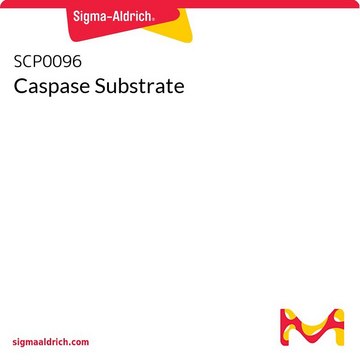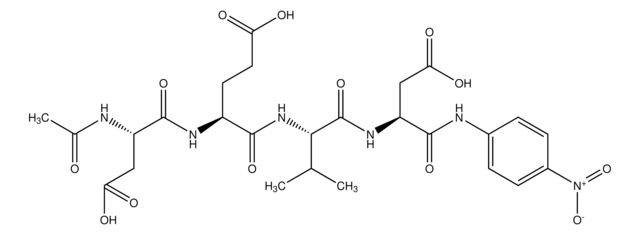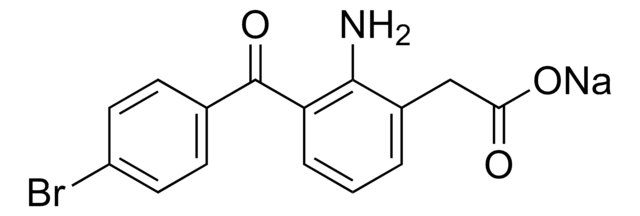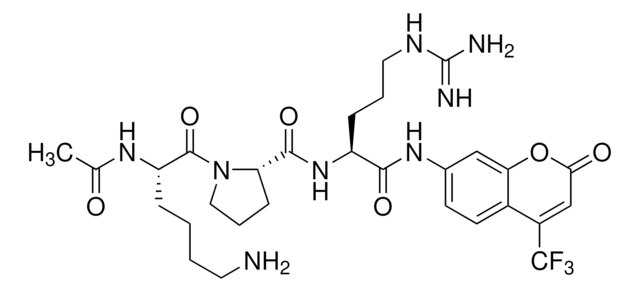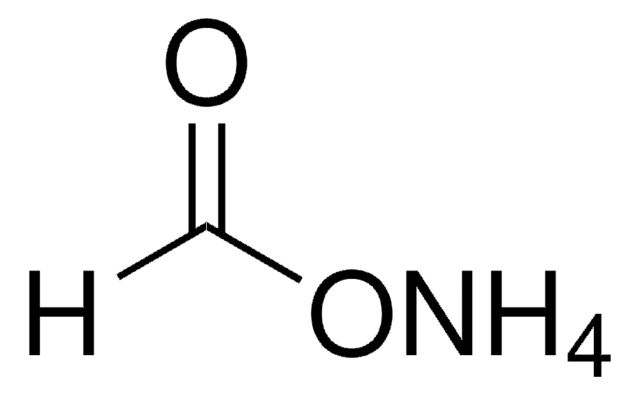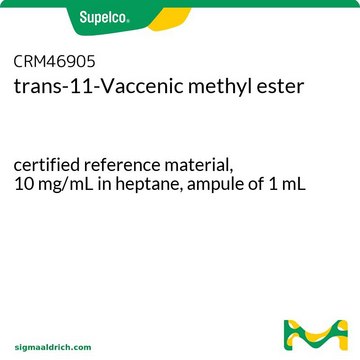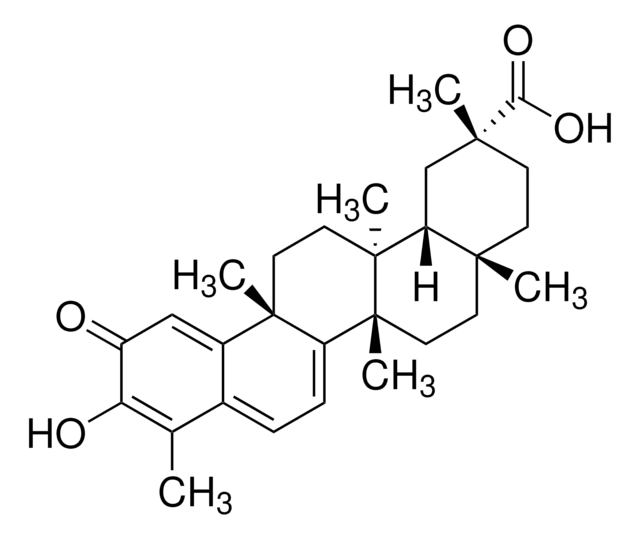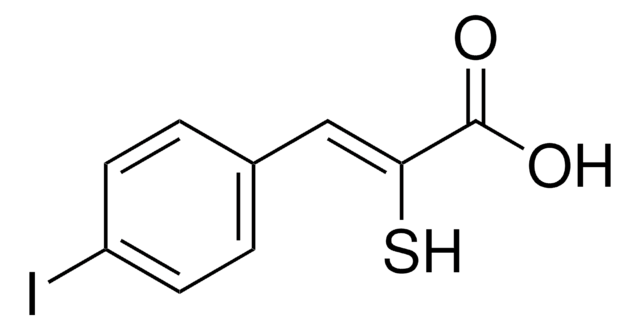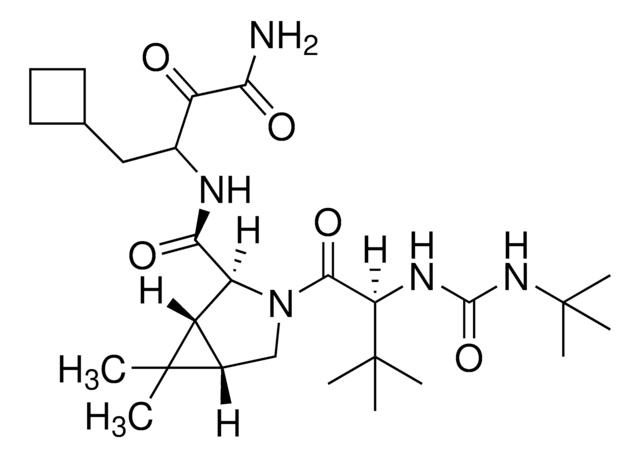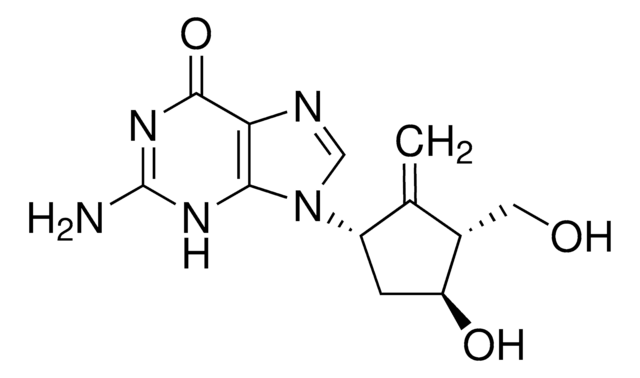SML0547
Loteprednol Etabonate
≥98% (HPLC)
Sinônimo(s):
(11b,17a)-17-[(Ethoxycarbonyl)oxy]-11-hydroxy-3-oxo-Androsta-1,4-diene-17-carboxylic acid chloromethyl ester, CDDD 5604, HGP 1, P 5604
About This Item
Produtos recomendados
Ensaio
≥98% (HPLC)
Formulário
powder
cor
white to beige
solubilidade
DMSO: 5 mg/mL, clear (warmed)
temperatura de armazenamento
−20°C
cadeia de caracteres SMILES
CCOC(=O)O[C@@]1(CC[C@H]2[C@@H]3CCC4=CC(=O)C=C[C@]4(C)[C@H]3[C@@H](O)C[C@]12C)C(=O)OCCl
InChI
1S/C24H31ClO7/c1-4-30-21(29)32-24(20(28)31-13-25)10-8-17-16-6-5-14-11-15(26)7-9-22(14,2)19(16)18(27)12-23(17,24)3/h7,9,11,16-19,27H,4-6,8,10,12-13H2,1-3H3/t16-,17-,18-,19+,22-,23-,24-/m0/s1
chave InChI
DMKSVUSAATWOCU-HROMYWEYSA-N
Informações sobre genes
human ... NR3C1(2908)
Ações bioquímicas/fisiológicas
Características e benefícios
Código de classe de armazenamento
11 - Combustible Solids
Classe de risco de água (WGK)
WGK 3
Ponto de fulgor (°F)
Not applicable
Ponto de fulgor (°C)
Not applicable
Escolha uma das versões mais recentes:
Certificados de análise (COA)
Não está vendo a versão correta?
Se precisar de uma versão específica, você pode procurar um certificado específico pelo número do lote ou da remessa.
Já possui este produto?
Encontre a documentação dos produtos que você adquiriu recentemente na biblioteca de documentos.
Nossa equipe de cientistas tem experiência em todas as áreas de pesquisa, incluindo Life Sciences, ciência de materiais, síntese química, cromatografia, química analítica e muitas outras.
Entre em contato com a assistência técnica